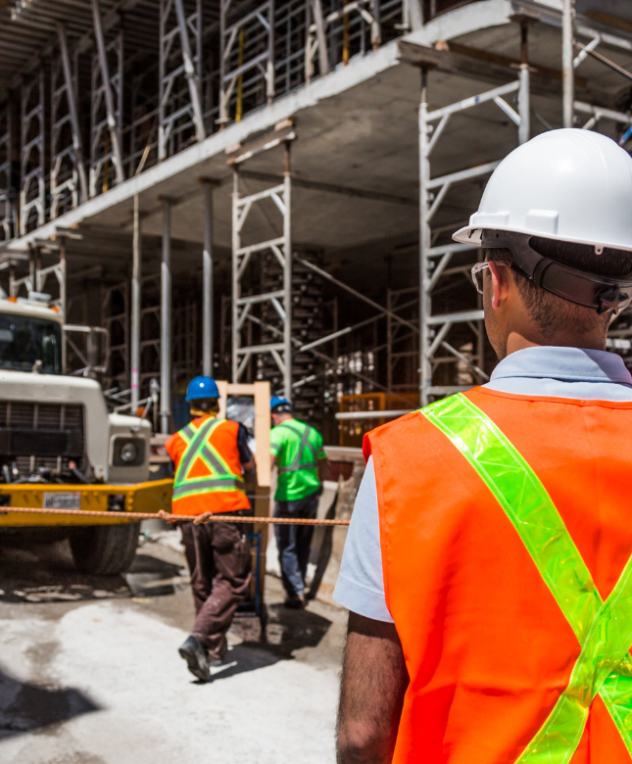
Safety Tips for Using a Man Basket for Crane Operations
Safety Tips for Using a Man Basket for Crane Operations
Here’s an overview:
- Introduction
- Understanding Man Baskets
- Pre-Operation Safety Checks
- Training and Certification Requirements
- Proper Communication Protocols
- Weather Conditions and Emergency Procedures
- Securing the Work Area
- Maintaining Equipment and Inspections
- Safe Work Practices in the Man Basket
- Case Studies and Lessons Learned
Introduction
When using a man basket for crane operations, safety is paramount. Proper training, adherence to guidelines, and constant vigilance are essential for ensuring the well-being of all involved. Understanding the risks and potential hazards associated with man basket operations is crucial. This section will outline key safety tips to consider when using a man basket during crane operations, helping to prevent accidents and promote a safe working environment.
Understanding Man Baskets
- Man baskets are designed to safely lift personnel for tasks at heights.
- They should only be used for their intended purpose – never for materials.
- Check the weight capacity of the man basket before each use.
- Ensure that workers wear appropriate fall protection gear when using man baskets.
- Regularly inspect the man basket for any signs of damage or wear.
- Follow all safety guidelines and regulations when using man baskets for crane operations.
Pre-Operation Safety Checks
- Inspect the man basket for any signs of damage or wear before use.
- Ensure that all safety devices, such as guardrails and harness attachment points, are secure and functioning correctly.
- Verify that the man basket is properly attached to the crane and that all connection points are secure.
- Check the weight capacity of the man basket to ensure it does not exceed the recommended limit.
- Confirm that all personnel using the man basket have received proper training and understand safety procedures.
- Conduct a thorough review of the work area to identify any potential hazards that could affect the operation of the man basket.
Training and Certification Requirements
- Operators using a man basket should hold a valid crane operator certification.
- Training specific to man basket use is essential and should be provided by qualified personnel.
- Certification demonstrating proficiency in operating cranes with man baskets is necessary.
- Training should cover safe operation, weight limits, and emergency procedures.
- Regular retraining and certification renewal are crucial to ensure continued competence.
Proper Communication Protocols
- Establish clear signals between the crane operator and the personnel in the man basket.
- Use radios or hand signals for effective communication, especially in noisy environments.
- Ensure that all team members are trained in the communication procedures.
- Designate a signal person to communicate with the crane operator exclusively.
- Regularly review and practice the communication protocols to prevent misunderstandings.

Weather Conditions and Emergency Procedures
- Operators should always check weather conditions before using a man basket for crane operations.
- Avoid working in extreme weather conditions such as high winds, storms, or heavy rain.
- In case of sudden changes in weather, lower the man basket to the ground immediately.
- Emergency procedures should be established and communicated clearly to all personnel involved in the operation.
- Regularly review and practice emergency protocols to ensure quick and effective responses in case of any unforeseen events.
- It is crucial to have an emergency evacuation plan in place, including designated meeting points and procedures for contacting emergency services if needed.
Securing the Work Area
- Ensure the area below the man basket is clear of obstructions to prevent items falling.
- Use barricades and warning signs to keep unauthorized personnel away from the work zone.
- Implement a safety perimeter to prevent individuals from entering the danger zone.
- Regularly inspect the work area for hazards and address any potential risks promptly.
Maintaining Equipment and Inspections
- Regularly inspect the man basket for any signs of wear and tear.
- Ensure that all safety devices, such as guardrails and harness points, are securely in place.
- Conduct routine maintenance on the crane and basket to prevent malfunctions during operation.
- Keep a log of all inspections and maintenance activities for reference.
- Replace any damaged or worn-out parts immediately to avoid accidents.
- Follow manufacturer guidelines for maintenance and inspection schedules.
Remember, a well-maintained man basket and crane are crucial for safe operations at all times.
Safe Work Practices in the Man Basket
- Secure Tools and Equipment: Ensure all tools and equipment are properly secured to prevent any falling objects.
- Proper Communication: Maintain clear communication with the crane operator and other team members at all times.
- Weight Limit: Do not exceed the weight limit capacity of the man basket to avoid overloading.
- Safe Entry and Exit: Use designated entry and exit points and never jump in or out of the man basket.
- Harness and Fall Protection: Wear a harness and use fall protection equipment while working in the man basket.
- Weather Conditions: Avoid operating the man basket in adverse weather conditions such as strong winds or thunderstorms.
Case Studies and Lessons Learned
- Case Study 1: A construction site incident highlighted the importance of proper training for crane operators and personnel in the man basket. The lack of communication resulted in a near-miss accident, emphasizing the need for clear communication protocols.
- Case Study 2: An incident involving overloading the man basket led to equipment failure and a potential safety risk for workers. This case underscores the significance of adhering to weight limits and pre-operation inspections.
- Lesson Learned 1: Regular equipment inspections can prevent potential hazards and ensure the safe operation of the man basket during crane operations.
- Lesson Learned 2: Effective communication among all personnel involved in the operation is crucial to maintaining a safe work environment and preventing accidents.






